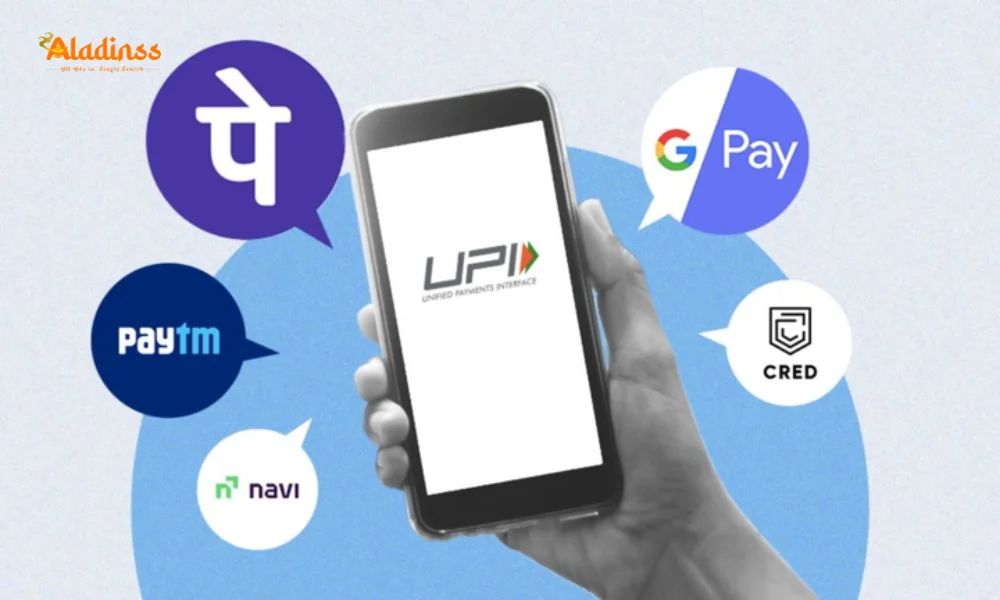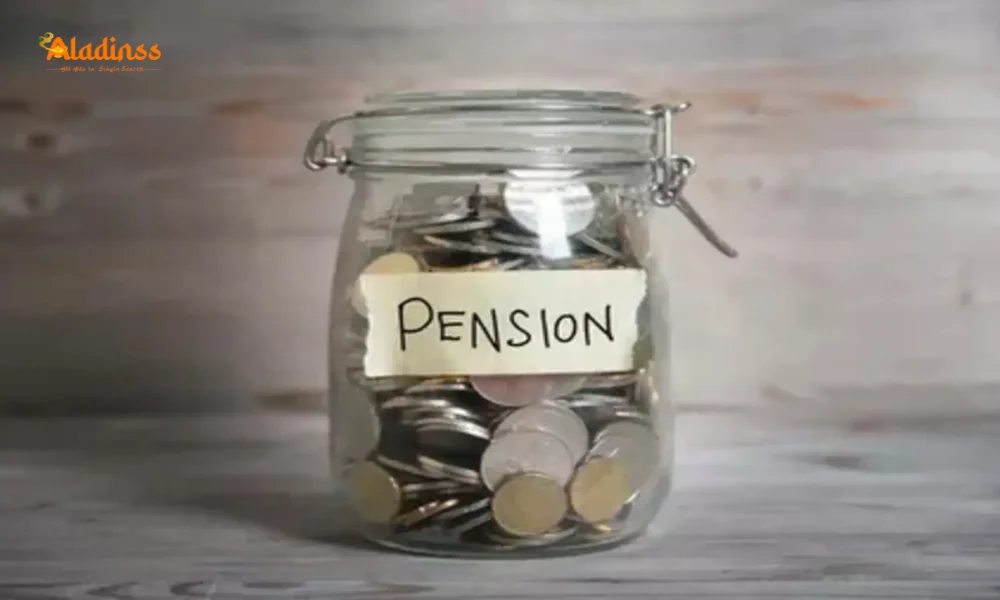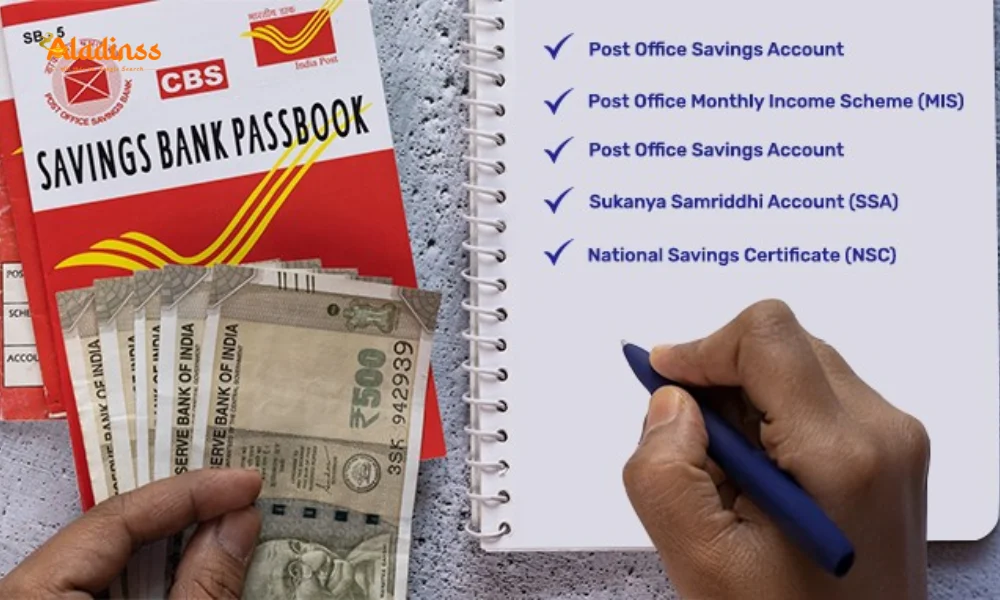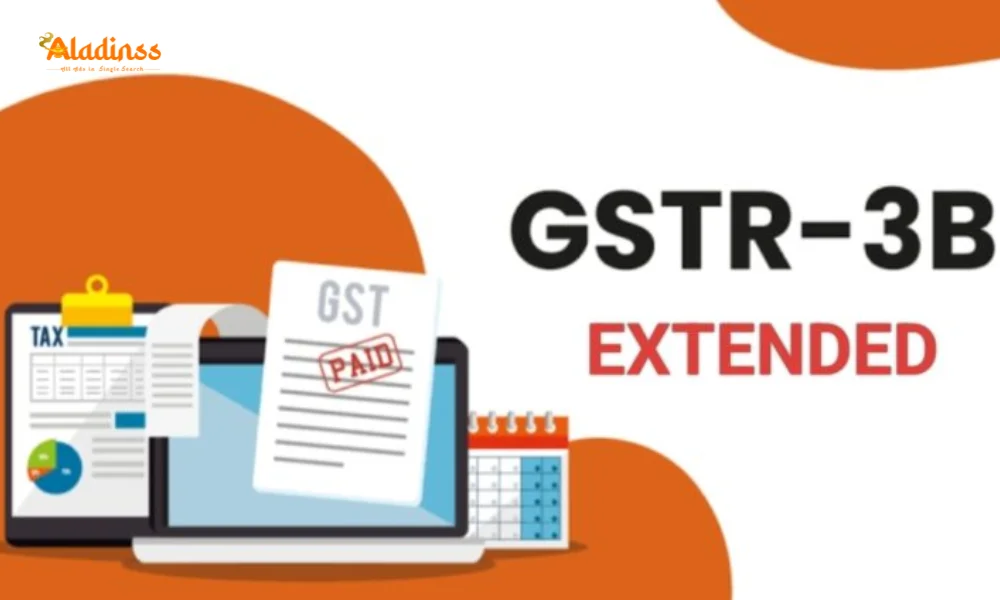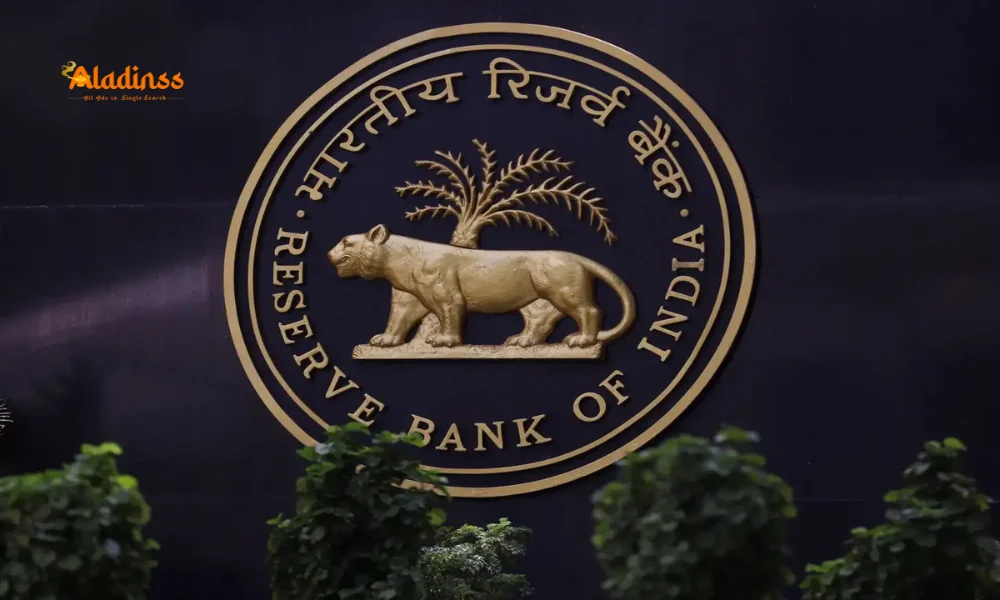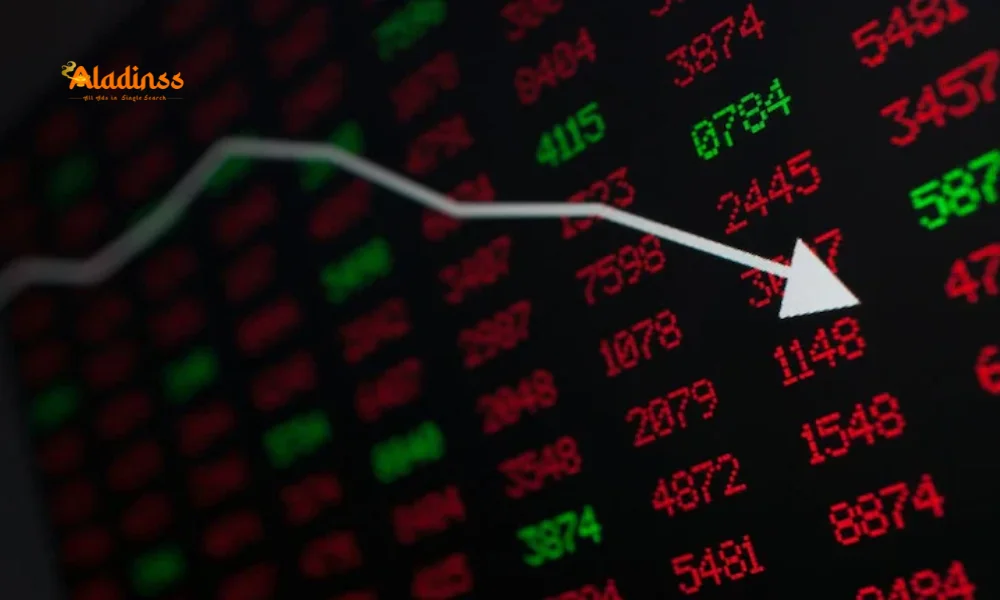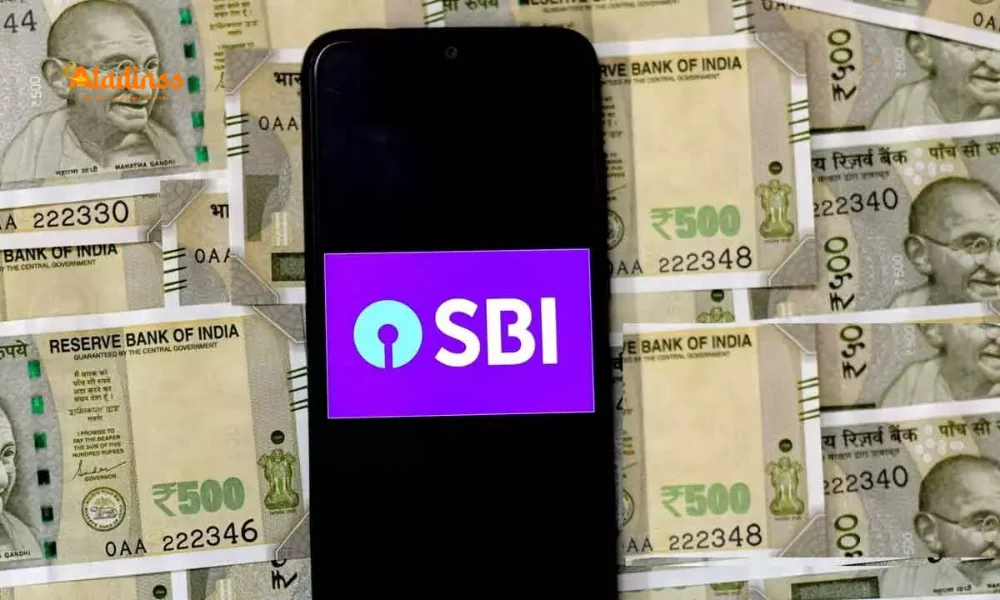50% Indians Use Loans for Lifestyle: RupeeRedee

Nearly 50% Indians Use Personal Loans for Lifestyle, Says RupeeRedee
In India's evolving financial landscape, personal loans have become a vital tool for managing both essential needs and lifestyle aspirations, particularly among middle and lower-middle-income households. According to a recent study by RupeeRedee, a digital lending platform, nearly 47.80% of personal loan requests from January to July 2025 were driven by lifestyle expenses such as rent, shopping, home renovations, travel, and gifting. This breaking news report highlights a significant shift in borrowing behavior, with short-term credit increasingly bridging cash flow gaps amid rising costs. While personal loans offer convenience, they also pose risks, including high interest rates and debt traps, raising concerns about financial discipline in a high-inflation economy.
The RupeeRedee data underscores a growing reliance on digital lending platforms, which offer quick approvals and minimal paperwork compared to traditional banks. However, the trend toward lifestyle borrowing, coupled with loans for medical emergencies, weddings, and education, reflects broader economic and cultural pressures. As India navigates job instability and uneven income growth, the surge in personal loans signals both opportunity and risk for millions of households striving to balance necessity and aspiration.
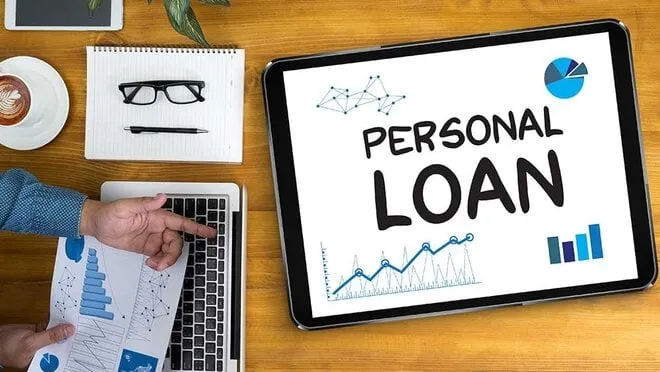
Rising Trend of Lifestyle Borrowing
The RupeeRedee study, analyzing loan disbursals from January to July 2025, reveals that 47.80% of personal loans were taken for lifestyle-oriented expenses. These include rent payments, shopping, home renovations, travel, and gifting, indicating a cultural shift toward using credit for everyday flexibility rather than emergencies alone. Artem Andreev, Director of RupeeRedee, noted, “The borrowing trend highlights the growing dependence on personal loans to manage critical and lifestyle-driven expenses, which further reflects a shift in borrowing behaviour.” This trend is particularly pronounced among middle and lower-middle-income households, where rising costs and stagnant incomes create persistent cash flow challenges.
The data shows that lifestyle loans are not limited to urban centers but are also prevalent in tier-II and tier-III cities, where digital lending platforms have expanded access to credit. The ease of applying for loans through mobile apps, coupled with instant approvals, has fueled a 32% year-on-year increase in personal loan applications, according to industry estimates. This growth reflects increasing consumer comfort with fintech solutions, which have democratized access to credit but also raised questions about sustainable borrowing practices in a country with a low savings rate of 29% of GDP, as per 2024 RBI data.
Breakdown of Loan Purposes
Beyond lifestyle expenses, the RupeeRedee data highlights other key drivers of personal loans. Medical emergencies account for 20.38% of loan requests, with an average loan size of Rs 15,800, though some high-value disbursals exceed Rs 1 lakh to cover critical treatments. Soaring hospitalization costs and inadequate insurance coverage have pushed many households to rely on loans for immediate relief. Family-related expenses, such as weddings, festivals, and social functions, constitute 13.16% of loans, with an average ticket size of Rs 15,300 and peaks between Rs 90,000 and Rs 95,000, reflecting the cultural emphasis on lavish celebrations.
Household expenses, including utilities and essentials, drive 12.35% of loan demands, with an average loan size of Rs 17,500 and peaks up to Rs 95,000. Education loans, making up 6.31% of requests, average Rs 16,800, with some reaching Rs 55,000 to Rs 75,000 for school fees, coaching, and skill-building programs. These figures underscore the diverse financial pressures faced by Indian households, from meeting basic needs to fulfilling aspirational goals, in an economy where inflation reached 6.2% in mid-2025, according to the Ministry of Statistics.
The Role of Digital Lending Platforms
The surge in personal loan applications is closely tied to the rise of digital lending platforms like RupeeRedee, which have transformed India’s credit landscape. Unlike traditional banks, which often require extensive documentation and lengthy approval processes, fintech platforms offer instant approvals and disbursals, with loans as small as Rs 5,000 available within minutes. This accessibility has made personal loans an attractive option for young professionals and small business owners, particularly in non-metro areas where banking infrastructure is limited. A 2025 report by PwC India noted that fintech lending grew by 28% in 2024, driven by smartphone penetration and digital payment adoption.
However, the ease of access comes with trade-offs. Digital platforms often charge higher interest rates than banks, ranging from 10% to 36% annually, due to the unsecured nature of personal loans. For instance, a Rs 50,000 loan at 24% interest over two years could accrue Rs 12,000 in interest, significantly increasing the repayment burden. Despite this, the convenience of online applications and minimal paperwork has made fintech a preferred choice, especially for first-time borrowers who constitute nearly 50% of RupeeRedee’s customer base, according to the study.
Economic and Social Drivers
The growing reliance on personal loans reflects broader economic and social trends in India. Rising living costs, coupled with stagnant wage growth for many in the informal sector, have strained household budgets. The Indus Valley Annual Report 2025 revealed that 70% of Indian households spend their entire income on essentials, leaving little room for discretionary spending or savings. This financial squeeze has pushed many to borrow for both necessities and aspirational purchases, such as smartphones, furniture, or travel, which are increasingly seen as markers of social status.
Cultural pressures also play a significant role, particularly for family-related expenses like weddings, which account for 13.16% of loans. In India, weddings are often lavish affairs driven by societal expectations, with costs averaging Rs 20-30 lakh in urban areas, according to a 2024 WedMeGood survey. Borrowing for such events, while socially significant, can lead to long-term financial strain, especially for young couples starting their married life in debt. Similarly, the pursuit of education and skill development, fueled by a competitive job market, has driven demand for loans to cover coaching and certification costs.
Risks and Drawbacks of Personal Loans
While personal loans provide quick access to funds, they carry significant risks that can undermine financial stability. High interest rates, often ranging from 10% to 36% annually, make repayment challenging, particularly for low-income households. For example, a Rs 20,000 loan at 30% interest over 18 months could result in total repayments exceeding Rs 26,000, including fees. Late payments incur additional penalties, which can escalate costs further, with some lenders charging up to Rs 500 per missed EMI, according to RBI guidelines.
Over-reliance on loans for lifestyle expenses, which constitute 47.80% of requests, risks eroding financial discipline. The RupeeRedee data highlights how borrowing for discretionary spending, such as travel or gifting, can lead to impulsive financial decisions, creating cycles of debt. In a country where household savings rates have dropped to 29% of GDP, diverting funds from emergency savings or investments leaves families vulnerable to economic shocks like job loss or medical crises. A 2025 Livemint report noted that 39% of Indian household income goes toward loan repayments, underscoring the growing debt burden.
Impact on Credit Scores and Financial Health
Frequent borrowing or missed repayments can significantly impact credit scores, making future loans costlier or inaccessible. A CIBIL report from 2024 indicated that 63 million Indians have thin or non-existent credit files, complicating access to formal credit. Defaults on personal loans, which carry higher interest rates than secured loans like home or auto loans, can lower credit scores by 50-100 points, according to Experian India. This can trap borrowers in a cycle of high-cost borrowing, as lenders compensate for perceived risk with steeper rates.
The cultural emphasis on lavish spending, particularly for weddings and festivals, exacerbates these risks. The RupeeRedee study notes that 13.16% of loans are taken for such events, often driven by societal expectations rather than financial prudence. Newlyweds, burdened with loans averaging Rs 90,000 to Rs 95,000, may face years of repayments, diverting income from long-term goals like homeownership or retirement planning. Financial advisors recommend budgeting and prioritizing emergency funds to mitigate these risks, but the allure of easy credit continues to drive borrowing behavior.
Broader Implications for India’s Economy
The surge in personal loans reflects deeper structural challenges in India’s economy, including income inequality and limited social safety nets. With only 43% of households reporting proportional income growth against rising costs, as per a 2024 BankBazaar report, many turn to credit to bridge the gap. The reliance on loans for essentials like healthcare and education highlights gaps in public services, with out-of-pocket healthcare expenditure accounting for 62% of total health spending, according to a 2024 NITI Aayog report. Similarly, rising education costs, driven by private coaching and skill programs, have pushed families to borrow, even for modest sums.
The growth of fintech lending, while empowering, also raises concerns about over-indebtedness. The RBI has flagged the rapid rise in unsecured loans, with personal loan outstanding reaching Rs 50.2 lakh crore in June 2025, a 14% increase from the previous year. Regulatory measures, such as stricter KYC norms and caps on lending rates, aim to curb predatory practices, but the ease of digital credit continues to fuel borrowing. As India’s economy grows at a projected 6.8% in FY26, per IMF estimates, balancing credit access with financial literacy will be critical to ensuring sustainable growth for households.
Comment / Reply From
No comments yet. Be the first to comment!
